How do the leats work?
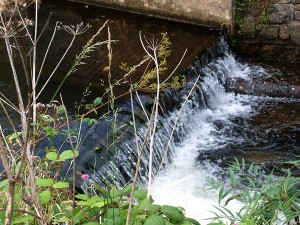 The leat system in Truro starts at Waterfall Gardens just off St George’s Road, and is extracted from the river Kenwyn, but until the early 2000’s it was extracted by the use of a wear gate system which the Environment Agency removed to reduce flood risk to the City of Truro during periods of high rainfall and when the tide is in.
The leat system in Truro starts at Waterfall Gardens just off St George’s Road, and is extracted from the river Kenwyn, but until the early 2000’s it was extracted by the use of a wear gate system which the Environment Agency removed to reduce flood risk to the City of Truro during periods of high rainfall and when the tide is in.
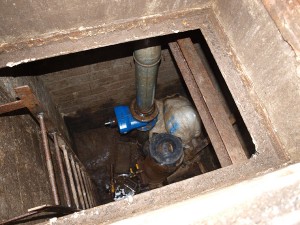 The leat runs from there and heads down along the public footpath that leads on to Edward Street. Along this path is a Victorian ram which extracts water from the leat and then sends a percentage of the water up to the top of Victoria Gardens where it supplies the fish pond with fresh rehydrated water, and recycles itself back down via a series of waterfalls and back into the leat. The rest of the water the ram does not use is returned to the River Kenwyn.
The leat runs from there and heads down along the public footpath that leads on to Edward Street. Along this path is a Victorian ram which extracts water from the leat and then sends a percentage of the water up to the top of Victoria Gardens where it supplies the fish pond with fresh rehydrated water, and recycles itself back down via a series of waterfalls and back into the leat. The rest of the water the ram does not use is returned to the River Kenwyn.
The remaining water continues on through the leat system down into the leat in Truro where it gets to a tumble chamber and breaks off, and turns off left, up underneath the shops into the top half of Pydar Street. A section of this leat runs open now, right the way past the library and into High Cross, where the other section runs underground, also down to High Cross.
As you go further down the leat, it breaks up again and runs down along Coombes Lane, next to W H Smith, and then branches across Pydar Street and links onto High Cross. From High Cross there is a further tumble chamber which continues down into King Street, around to High Cross, then continues on down, as well as branching off a side alleyway where the old Woolwich bank used to be, and comes out onto Boscawen Street at the top end of BHS. The section then runs all the way down on the left hand side of Boscawen Street as you look towards the Coinage Hall. The rest of the leat continues to Cathedral Lane where it branches back into the Lane and into Boscawen Street.
This section then crosses Boscawen Street into a tumble chamber where it is broken up into three different feeds. One of these heads down to St Nicholas Street, another continues along Boscawen Street, and the last pipe comes out in lower Lemon Street and runs all the way down to Back Quay where it runs past the Hall for Cornwall. However this section is normally cut off due to complaints from people walking in the water going to the Hall for Cornwall and the Old Market Inn.
The leat now struggles during the summer to have a sufficient water flow-in following the improvement works the Environment Agency carried out to try and improve flood risks, but has unfortunately reduced the amount of water that flows in the City. As the river level drops so does the leat. The leat is very much dependent on a pull system that runs from Carvedras Old Smelting Works. Here the river level is increased by a series of planks create a dam so the pressure of the water builds and provides a flow that pushes down through the river via a pipe which comes up in a bubble pool and supplies the leat.
The leat originates, we believe, as a system the Victorians used as for street cleansing and drinking water for horses, as if you look along many sections of the leat you will see steel eyes set into the granite via lead, which we believe were used to tie horses up when people visited the shops. Street cleansing was important as with the use of horses came a lot of animal manure and urine, and the leat was therefore used to wash down the streets, ridding it of any litter, waste, or animal manure, washing it down the river and away from the City’s centre.
Nowadays the leat is maintained as an amenity feature, and though we do have problems with the leat regularly leaking into shops, basements etc. It was also designed before heavy buses and lorries which can cause stress and damage to the leat infrastructure, knocking out steps, and causing cracking etc.
Also available is an in-depth index mapping system of the leat, showing how it runs. There are two sections of the leat system no longer running, and these ran down into New Bridge Street and past the Royal British Legion where they reconnected and dropped back down into the river.
Richard Budge


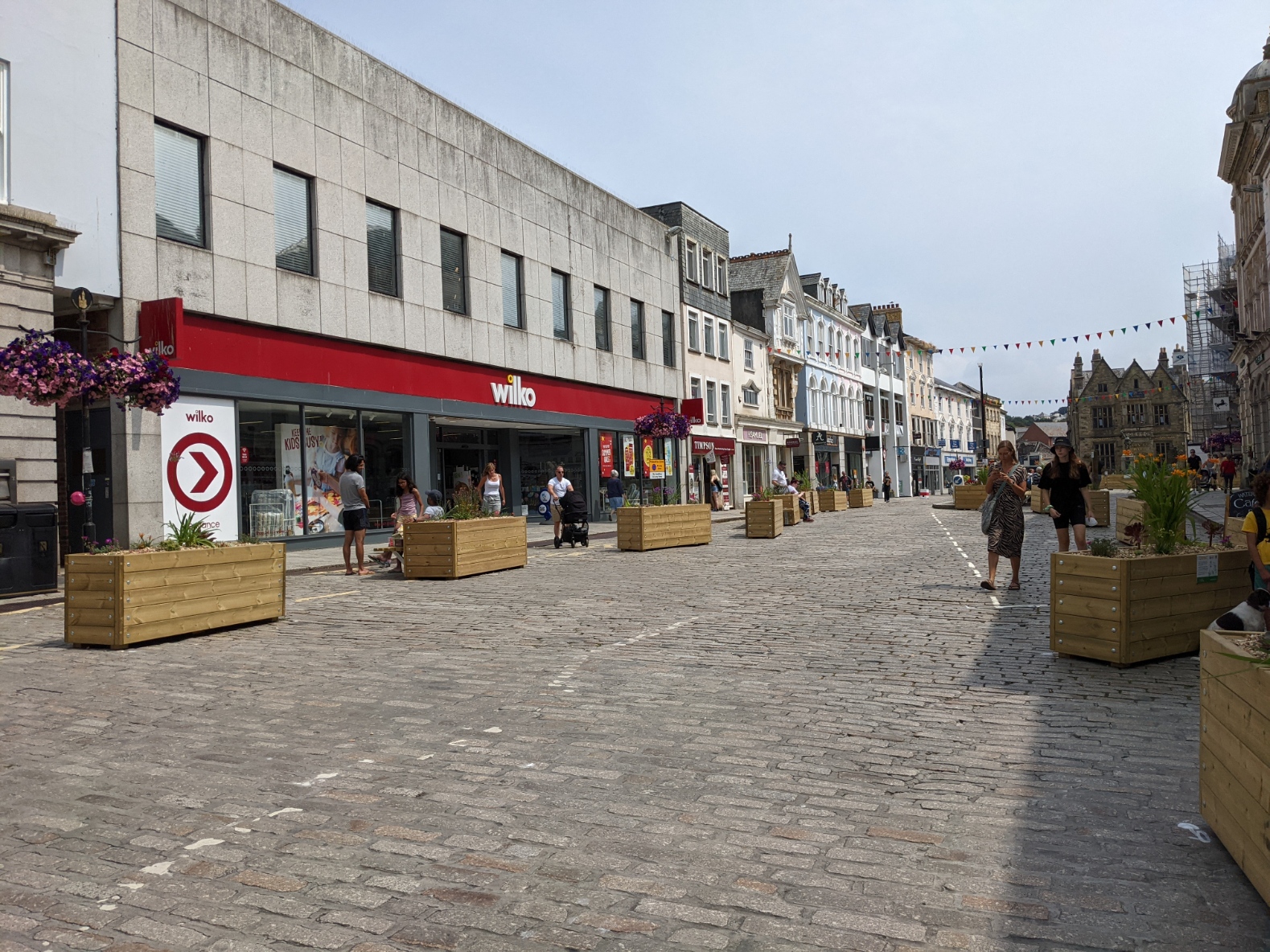
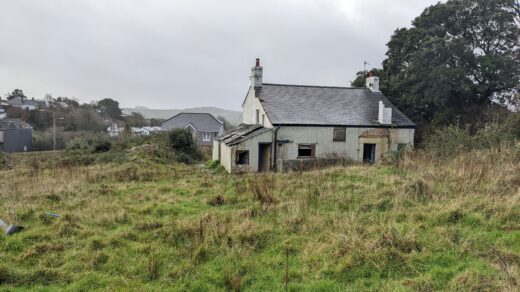
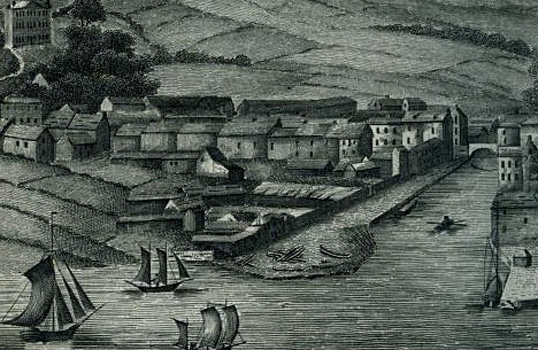

Richard, this is really interesting. Have you done a guided walk yet? I think it would be a great event to kick start some of the public Neighbourhood Plan thinking….
Richard will be doing a guided walk on the leats system in Truro as part of the series of events run by the local community group Truro Green Walks on August 16th 2012. Meeting at 2pm in front of Truro Cathedral, back for 4pm. One not to be missed! 🙂 For more check out the event on facebook: http://www.facebook.com/events/350104705078438/?context=create or email: trurogreenwalks@gmaill.com
We’ll done on getting the leats flowing again. A lot of hard work I know!